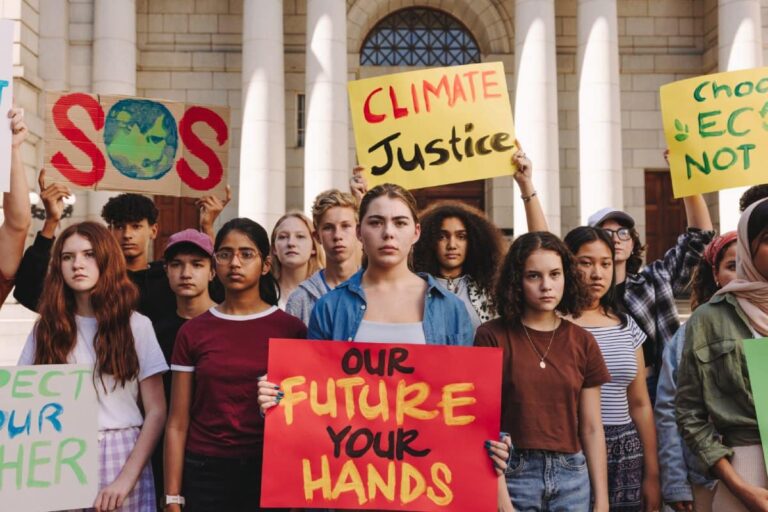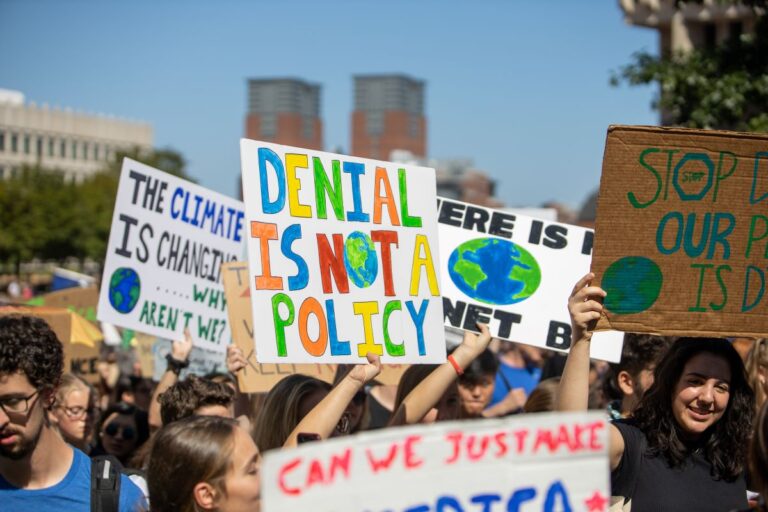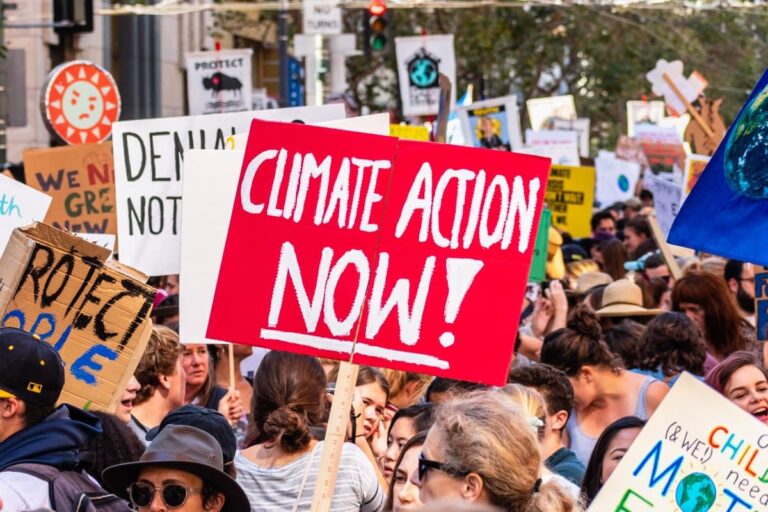Seattle Ditches Plastic Straws: Eco-Friendly or Just Annoying?
Seattle’s no-plastic-straw rule is causing quite a stir. The “Strawless in Seattle” campaign wants to get rid of millions of straws, but is this actually going to make a difference, or is it just another eco-friendly trend?
The Straw Ban Explained

Seattle’s straw ban, which began on July 1, covers all food service providers. It’s part of a citywide effort to reduce waste and protect marine environments. This policy positions Seattle as a leader in environmental stewardship. This ban affects over 5,000 permitted food service providers across the city.
Why Focus on Straws?

With Americans using 500 million plastic straws daily, these small items significantly contribute to ocean pollution. Plastic straws are among the top 10 items found in ocean cleanups. Seattle’s initiative aims to mitigate this by removing a major source of disposable plastic.
The Local Impact

The ban has already influenced many local businesses to switch to sustainable alternatives, significantly reducing the city’s plastic waste output and setting a precedent for other cities. Seattle estimates that eliminating plastic straws could prevent millions of straws from entering landfills and waterways annually.
Challenges for Businesses

The transition to eco-friendly alternatives has been economically challenging for some businesses, with initial costs being higher than plastic counterparts. Duke’s Seafood and Chowder reported that compostable straws initially cost 30-40% more than plastic but have since reduced to about 10% more.
Consumer Reactions

While there’s broad support for environmental benefits, some residents find the ban inconvenient, particularly those with disabilities who rely on straws for drinking. The city is working on solutions to address these needs without compromising the environmental goals.
Environmental Benefits

The ban is expected to make a substantial cut in the waste that ends up in oceans, protecting marine life and ecosystems from the harms of plastic pollution. Greenpeace states that 40% of plastics found in the ocean are from single-use plastics like straws and utensils.
Economic Implications

While initial costs are higher, businesses are likely to see long-term savings in waste management. The move also enhances Seattle’s reputation as an environmentally conscious city, potentially attracting like-minded residents and tourists. The global market for eco-friendly straws is projected to grow significantly, creating economic opportunities.
The Global Perspective

Seattle’s ban has inspired other cities globally, fostering a broader movement towards reducing single-use plastics and encouraging sustainable practices. Los Angeles and New York City are among the cities considering similar bans.
Expert Opinions

Environmental experts praise the ban as a crucial step towards broader actions needed to tackle the plastic crisis. This local ordinance is seen as a catalyst for larger environmental strategies, emphasizing the importance of reducing single-use plastics.
Legal Considerations

The straw ban is enforced under a city ordinance from 2008, updated to reflect new environmental priorities and the availability of alternatives. Seattle’s approach could serve as a model for other jurisdictions looking to implement similar policies.
Historical Context

Seattle has been at the forefront of environmental initiatives, with this latest move being a continuation of its legacy in pioneering sustainable urban policies. The city banned plastic grocery bags in 2012, setting the stage for further reductions in plastic use.
Technological Innovations

Innovations in biodegradable materials are making sustainable alternatives more practical and affordable, supporting a smoother transition for businesses. Companies like Aardvark Straws are leading the charge with durable, marine-degradable paper straws.
Community Engagement

The policy has sparked widespread community discussions on sustainability, driving greater public involvement in environmental actions. Local campaigns like “Strawless in Seattle” have successfully mobilized support from businesses and residents alike.
Looking Ahead

Seattle plans to monitor and adjust the policy as needed, ensuring it effectively contributes to environmental goals without undue burden on residents and businesses. Continuous feedback from the community will be crucial for refining the approach.
Beyond Straws

Seattle’s environmental efforts extend beyond straws to other single-use plastics, aiming for comprehensive waste reduction and sustainability. The city is exploring additional measures to reduce plastic pollution further.
Are We Ready for the Future?

The jury’s still out on Seattle’s straw ban. Will it inspire real global change or end up being another hyped-up initiative? As we push for sustainability, we have to ask: are these efforts truly impactful, or are we just playing around with minor fixes?
Millennials Turn the Tide on Climate Beliefs

Millennials have often been labeled as apathetic, but when it comes to climate change, they are leading the charge. How did this generation go from skepticism to becoming fervent advocates for the planet? Millennials Turn the Tide on Climate Beliefs
Forgotten Warriors: 20 Military Units History Erased

Throughout American military history, numerous units have demonstrated extraordinary bravery and made significant sacrifices, yet many have not received the recognition they deserve. This article shines a light on these overlooked groups whose valiant efforts are an integral part of our nation’s heritage. Forgotten Warriors: 20 Military Units History Erased
Why You Shouldn’t Live in a Retirement Community

Think you’re ready to settle into a retirement community? Before making this significant life decision, consider how it might impact your independence, finances, and social life in ways you hadn’t anticipated. Why You Shouldn’t Live in a Retirement Community
Featured Image Credit: Shutterstock / Black_Kira.
The content of this article is for informational purposes only and does not constitute or replace professional advice.
The images used are for illustrative purposes only and may not represent the actual people or places mentioned in the article.
For transparency, this content was partly developed with AI assistance and carefully curated by an experienced editor to be informative and ensure accuracy.






